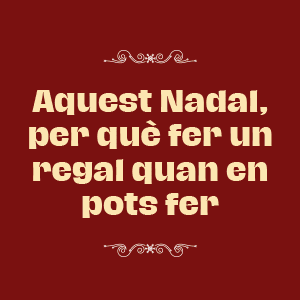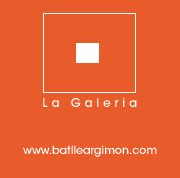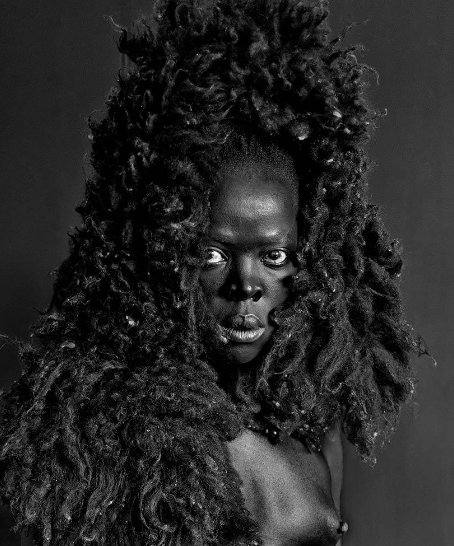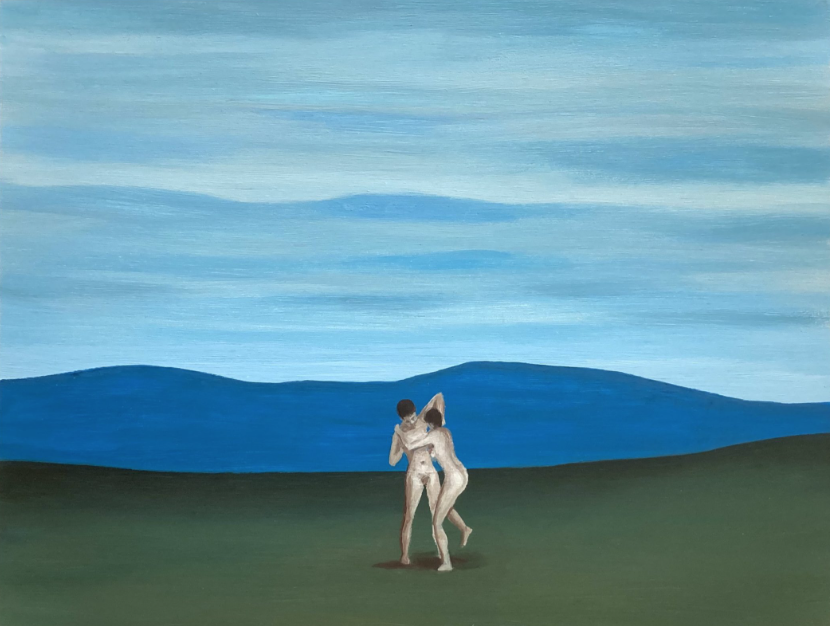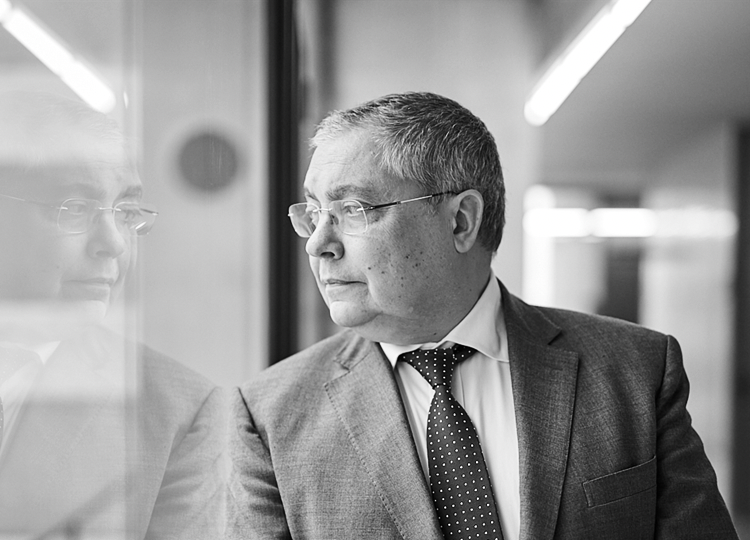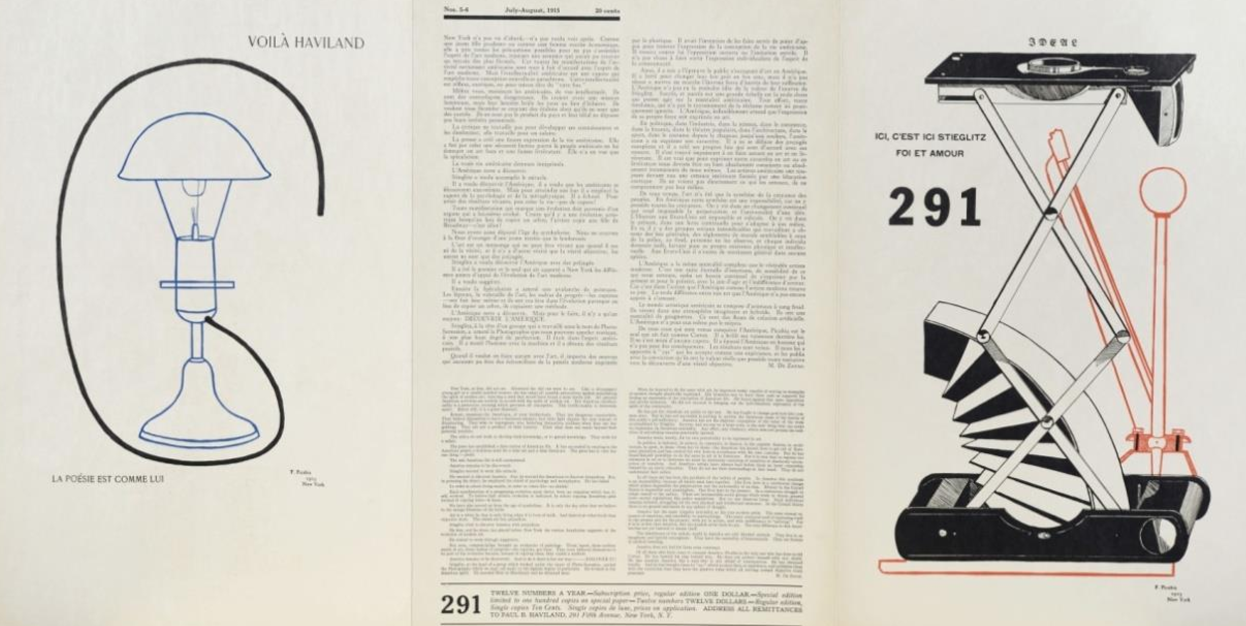Exhibitions
Miquel Barceló, ceramist
The retrospective, which can be visited until June 30, gathers around a hundred works made in ceramics by the renowned painter and sculptor, as well as some paintings or notebooks
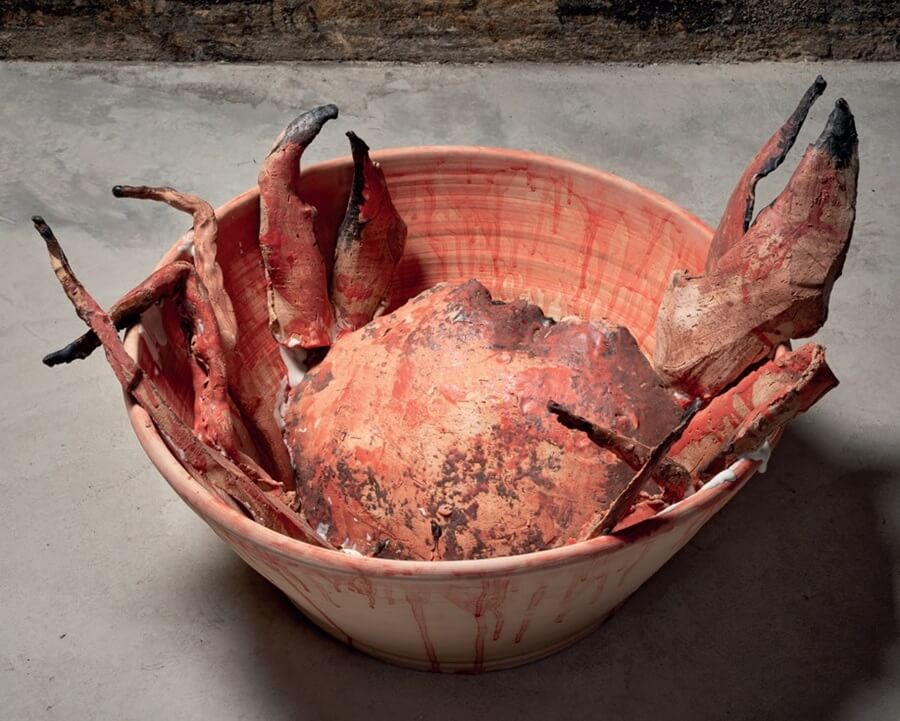
In 1988, Miquel Barceló set foot in Mali for the first time and suffered what is known as "the disease of Africa", he was captivated by it. Over the course of two decades, he made long stays in the town of Gogolí, where he had a small workshop house, near a cliff. The documentary El quadern de fang (2011), directed by Isaki Lacuesta, portrays the last moments of the painter's connection with the Dogon country due to the complicated political situation in the region. In the final scene of the film, the artist remembers, while drawing on one of the walls of the lions' cave, how he got started in ceramics in the mid-nineties: "I started working with clay when I was too wind to paint, the harmattan was blowing, a wind that drags everything: the canvas, the paper... So I saw that I could not paint here.” And he continues to reason in French, without looking at the camera: “What I like about clay is that it can be made and redone infinitely, and always start again. Clay keeps the memory of everything, a caress, a blow, a mark. I have always considered clay as a technique, a pictorial form, although for me everything is an extension of painting.”

The retrospective Tots som grecs, presented by Fundació Catalunya la Pedrera from March 8 to June 30, brings together a hundred pieces, including ceramics, paintings and notebooks made over the course of thirty years. Enrique Juncosa, curator of the exhibition and a great connoisseur of the Mallorcan's work, proposes a chronological tour of the clay work of one of the most outstanding and recognized creators on the international artistic scene. The exhibition begins with the first African pieces, dating from 1994, made using the traditional technique of the area, where the clay is often mixed with animal excrement, such as Pinnochio mort or Masque. These are extremely fragile works; in fact, many of those created during this period of discovery are not preserved, but they have had a strong influence on all his subsequent production. Throughout the decade, Barceló continues to learn the technique and expands the possibilities of the new language to a Mallorcan tile and to a specialized workshop in Les Rairies, in France, where, among others, Dinosaure fossile I and Cap de boc II will be produced.
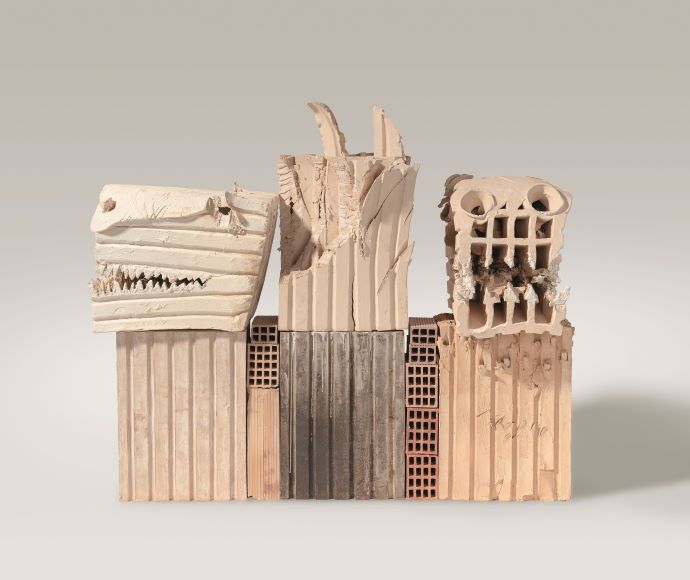 Barceló. Tòtem, 2019 © Miquel Barceló, VEGAP, Barcelona, 2023
Barceló. Tòtem, 2019 © Miquel Barceló, VEGAP, Barcelona, 2023
With the new century, in 2001, he moved to Vietri sul Mare, near Naples, where he developed the imposing altarpiece of the Blessed Sacrament, in the cathedral of Mallorca, which represents the famous biblical miracles of the multiplication of loaves and fishes and the conversion of water into wine at the wedding of Cana, inaugurated in 2007 and of which some preparatory studies are included. That same year, he premiered the Paso doble performance at the Avignon Festival, conceived together with the choreographer Josef Nadj, in which they work side by side from a wall of fresh clay. A year later, he acquired a tile shop in Vilafranca de Bonany, where he experimented quite a bit with pigments and colors, as in the case of Amphòs eating lobster, Red fish and Rhododendron.
In Barceló's ceramic pieces - he has created nearly four thousand -, the themes and motifs he executes on canvas and paper resonate, primitive forms and animal, botanical or marine representations proliferate. The artist gives shape to the clay with the same forcefulness that he faces the painting. Over the last few years, he creates a series of works with mud bricks that he calls Totems. These are constructions that, depending on how they are arranged, evoke archaeological sites, Greek or pre-Columbian capitals or even monsters and fantastic animals. The exhibition, which takes its title from a quote from the English romantic poet PB Shelley [“We are all Greek. Our laws, our literature, our religion, our arts have their roots in Greece"], incorporates preparatory notebooks alluding to the projects carried out in different periods and locations, such as Quadern, la cuita, December 1996 ( Can Murtó, Artà) or Notebook, July-August 2021 (Greece).



